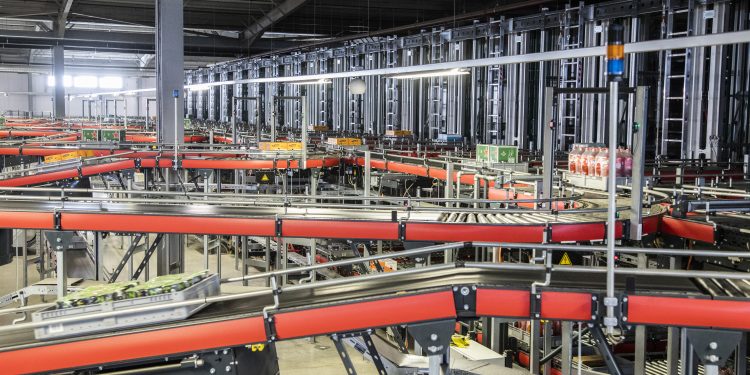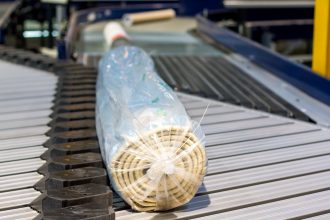Making your Conveyor & Sortation Operation Sustainable

Taking the impactful steps to make your conveyor and sortation systems sustainable.
When it comes to conveyor and sortation systems, there are many factors to consider, efficiency and productivity generally at the top of the list. But an equally important factor to add to the list is sustainability, and customers are beginning to make their desires known for more energy efficient systems. The design and operation of material handling systems such as conveyor and sortation (C&S) systems can have a significant impact on the environment and a company’s bottom line.
The equipment used in material handling, including C&S systems, has evolved significantly in the past five years or so. Today’s systems deliver a more sustainable approach for customers. Beyond C&S systems, the overall warehouse is using less energy thanks to equipment like Automated Guided Vehicles (AGVs), for instance. Using tools with lower human involvement can lead to the reduction of fixed conveying and sortation systems, and reduce energy consumption, making it a more sustainable option. Robotics are also gaining traction, reducing manual labor requirements, and increasing operational efficiency.
A C&S system is going to require a significant amount of energy to operate, making energy efficiency essential in minimizing the environmental impact and reducing operational costs. When working with a C&S system supplier, inquire about their efforts to incorporate energy-efficient components like low-energy motors, variable frequency drives, and to reduce energy consumption and costs. From a circularity point of view, we should also learn about the materials in the systems—look for post-industrial and post-consumer materials, recycled materials, and waste reduction programs to minimize the environmental impact of the systems.
To achieve a reduction in energy consumption of conveyor and sortation systems, there are several steps to take/ensure your supplier is taking. One is to work with them to study your customer demand profile to forecast the expected capacity in different areas. By doing so, you will be able to put underutilized areas into low-power mode. This ensures your system only operates when necessary, reducing energy consumption during periods of low demand.
Drive technology, for instance, can be optimized by using energy-efficient motors and variable frequency drives to adjust the speed of a conveyor motor to match the load an application requirement. This reduces energy consumption. Another area you can focus on is belt friction. Working with your provider, you can reduce friction by using the correct belt material and tension, leading to overall reduced energy consumption. All these steps combined can lead to a significant reduction in the energy consumption of a conveying and sortation system, making it more efficient and sustainable.
Put together, there are many advances in today’s C&S systems to help with sustainability efforts. Combined with your other internal efforts, such as the use of power measurement and condition monitoring as a means of reducing energy usage and combining the data for use in predictive maintenance, you can make a substantial impact on your facility’s overall impact on the environment.
For more information about the Conveyor and Sortation Solutions Industry Group, click here.
For more articles and podcasts about Conveyors and Sortation:
Reconfigurable Conveyors For The Win
The Importance Of Digitization In Material Handling
Why You Should Consider Decentralized Networks
Podcast: CSS – HOW TO AUTOMATE FOR THOSE WHO HAVEN’T …
Electrical Motor Standard Differences
From Preventative To Predictive Maintenance Of Automation



